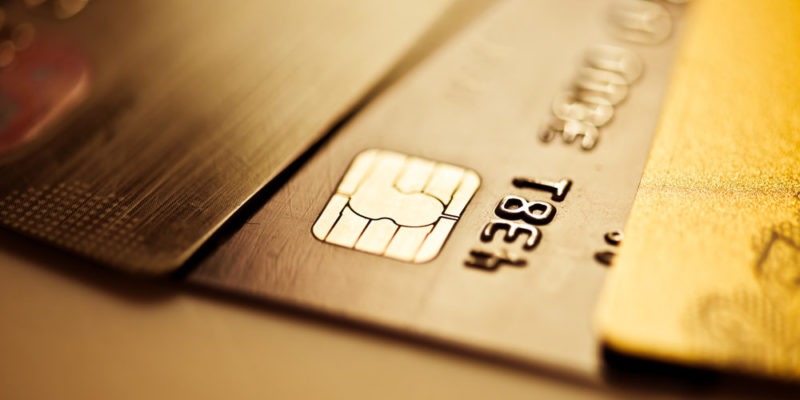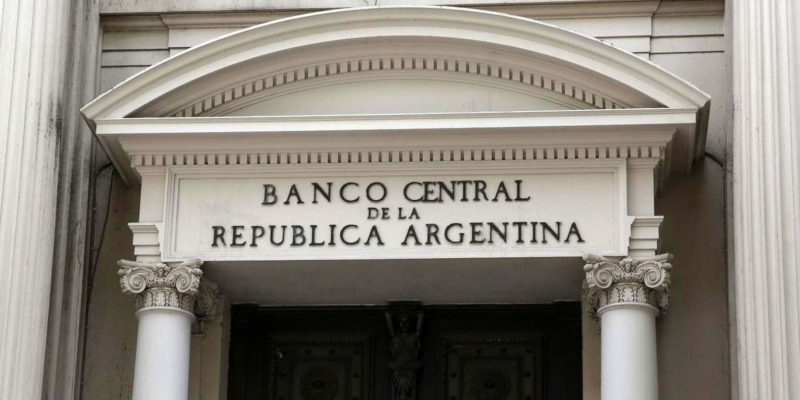We explain what a bank loan is and where the borrowed money comes from. In addition, the importance of this instrument in the economy.
What is bank credit?
A credit is a financial operation where one entity grants another an amount of money in an account at its disposal, the second pledging to return all the money taken, paying also an interest for the use of that amount.
Bank loans are granted by credit institutions, typically banks , by entering into a contract through which the debt is born.
The concept of credit is often confused with the loan, the difference is that in the credit the client has money at his disposal and only pays interest for the amount he uses, while in the loan, the client receives all the money and pay interest for the whole, regardless of how much you actually spend.
The origin of the money from the credits is in the deposits that others make in the same bank, to which the bank pays them an interest: it is in this difference between the rates offered for the deposits and the fees charged for the credits where it is much of the business of banks.
As is known, banks represent a fundamental decision-making space in all the countries of the world, and over time their operation has become more complex. At present, except in particular economies where access to credit is very easy, the granting of a loan is a vote of confidence on the part of the banking system to an individual or company.
In the case of natural persons, one of the most frequent loans are called mortgages (for the purchase or construction of houses), or those destined to the acquisition of vehicles or other useful goods for people, either for work or for other purposes.
Credits for companies

In the case of organizations (companies, industries, etc.), bank loans logically represent much larger amounts of money , which are used to capitalize the organization: it is expected that with this they can buy machines, hire employees or develop new ones product that allows you to make a profit , even discounting the return of the loan and interest.
In both cases, the debtor potential must demonstrate solvency, offering guarantees or providing receipts and vouchers of its patrimonial status and results: that is why in the case of companies , often receiving a loan can mean future growth, in this way they become attractive in other ways, for example, the price of their shares may go up.
Importance of bank credit for the economy

Bank credit is one of the market variables that has a great impact on the economy of the countries . In general, the Central Bank of a country and the so-called state banks mark the levels of interest rates to which private lenders have to adapt (in cases where they are not directly regulated).
A strong restriction on access to credit, that is, a very high interest rate, which will involve a lot of economic effort for its return, will surely result in the contraction of sectors such as construction or the automotive industry or machinery, and with it, probably increase unemployment.
However, access to unlimited credit has its risks , since there are many precedents in countries where after a while it became impossible for many creditors to get their money back, generating a sudden outbreak of distrust and with it, a resounding fall of the investment from one moment to another.
However, bank loans are still a fundamental instrument for capitalization , both for individuals and companies. Great undertakings throughout history would not have been possible without the initial kick taken by one of these financial instruments.
The credit cooperatives aim to bring these injections of money closer to the sectors with less possibilities of accessing bank credit, given the rigorous formal requirements that banking institutions usually have. This may be the only viable financing alternative for certain individuals or small and medium-sized companies .
We explain what a bank is and how these financial institutions emerged. In addition, the products offered and the types of banks.

What is a Bank?
A bank is a financial institution included in the category of companies . Its main function and reason for existence is to attract customers who deposit their money there and through these deposits can make loans to third parties and include other services.
How did the banks emerge?

The first banking transactions are sent to Babylon and Greece , in times before Christ. In this last territory, reference is made to the so-called trapezitas, who were people who were engaged in all kinds of commercial activities. Even so, the most important banking centers of the Ancient Age were the temples, which were in charge of the religious authorities. However, at this time, the transactions were carried out through barter, mostly.
There would not be a more formal emergence of these institutions until the Crusades, since they would promote an urgent need to transfer sums of money from one territory to another quickly . This was done with the signing of documents that could be exchanged for the corresponding amount in another branch.
Remember that, during this period, the church dominated large areas of land , managing to obtain huge amounts of money from donations that flowed from all European points, taxes and rents. In addition, with the monetary differences, the exchange rate was also encouraged.
The first banks as such were founded in Italy , in its main cities , with the antecedent that this country was an important financial center and commercial activity, as well as being the seat of the Vatican.
The choice of "bank" as the name of these entities corresponds to the fact that the first transactions were made on these elements. Its growth, almost ending the Crusades, was due to the fact that the banks became the main lenders of the crowns , especially in France.
What financial products do you offer?
- Current accounts
- Savings accounts
- Fixed installments offering an interest
- Transactions
- Extractions
- Deposits of money or checks
- Credit accounts (through cards)
- Loans / Cash Credits
- Redemption of points
- Exchange, purchase and sale of currencies
Types of banks

- Public : Administered by the State . Example: Central Bank of the Argentine Republic.
- Private : Managed by individuals. Example: HSBC Bank.
- Mixed : Administered by the State and by individuals. Both people are shareholders.
- Specialized : They cover a specific item. For example, rural or industrial banks.
- Centrals : They have a higher hierarchy than the rest of the banks, since they authorize the operation of these and regulate them.
- Issuance : They issue the currency in a country. In general, this activity is carried out by the Public Bank.
- Second Floor : They are a financial means through which resources are redirected to certain economic areas that are being developed.






No comments:
Post a Comment